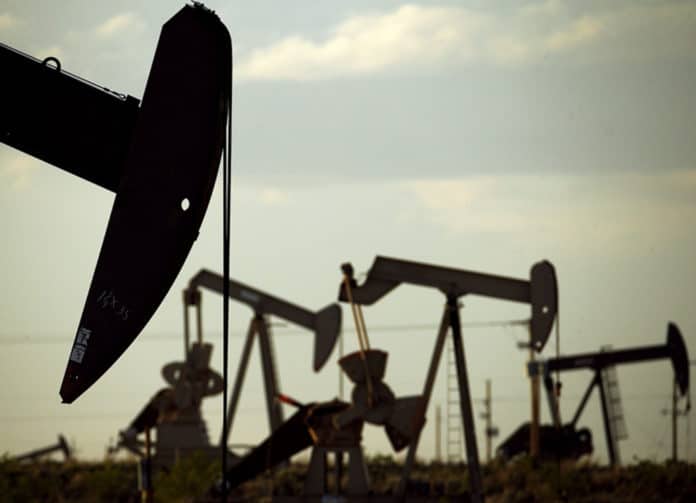The fracking boom is gaining speed in the Permian Basin of west Texas and New Mexico, as Exxon Mobil and Chevron are primed to sharply boost oil production in the next few years.
The big oil companies say advances in drilling technology mean that the Permian field can be profitable even at lower crude prices. Exxon officials say that at a $35 per barrel oil price, for example, Permian production will have an average return of more than 10 percent.
“We’re increasingly confident about our Permian growth strategy due to our unique development plans,” said Neil Chapman, ExxonMobil senior vice president. “We will leverage our large, contiguous acreage position, our improved understanding of the resource and the full range of ExxonMobil’s capabilities in executing major projects.”
“Our plans are attractive at a range of prices and we expect them to drive more value as we continue to lower our development and production costs,” Chapman said.
Exxon Mobil said March 5 that as soon as 2024 it expects to produce the equivalent of more than 1 million barrels of oil per day in the basin, up from a forecast of 600,000 barrels by 2025.
Exxon, the largest operator in the Permian, has 48 drilling rigs there and plans to raise that to 55 by year-end. The Irving-based company estimates that it is sitting on about 10 billion barrels of oil in the basin.
The anticipated increase in production will be supported by further evaluation of the Delaware Basin’s increased resource size, infrastructure development plans, and secured capacity to transport oil and gas to ExxonMobil’s Gulf Coast refineries and petrochemical operations, according to the company.
ExxonMobil is building infrastructure to support volume growth. Plans include construction at 30 sites to enhance oil and gas processing, water handling and ensure takeaway capacity from the basin. Construction activities include central delivery facilities designed to handle up to 600,000 barrels of oil and 1 billion cubic feet of gas per day and enhanced water-handling capacity through 350 miles of already-constructed pipeline.
Increased use of technology – including enhanced subsurface characterization, subsurface modeling and advanced data analytics to support optimization and automation – will help the company reduce costs, improve its development plan and increase resource recovery, according to a company news release.
“These investments support growth plans and ensure that as production levels continue to rise, we are well positioned in processing and transportation capacity,” Chapman said.
Chevron officials told analysts March 5 that the company expects to produce 600,000 barrels per day in the Permian by the end of 2020 and 900,000 barrels a day by the end of 2023.
San Ramon, California-based Chevron says its Permian portfolio has doubled in value over the past two years.
Oil majors led by Exxon and Chevron are playing a bigger role in the Permian field, which not long ago predominantly featured smaller independents.
Techniques such as hydraulic fracturing and horizontal drilling have allowed companies to pump more oil and natural gas and at lower costs.
Chevron says it has cut its cost of production roughly in half in the last five years. Exxon says its Permian output would generate a 10 percent return even if crude falls to $35 a barrel.
On March 5, benchmark U.S. crude was trading at nearly $57 a barrel, and Brent, the standard for internationally traded crude, was nearly $66. – Associated Press, FWBP Staff






